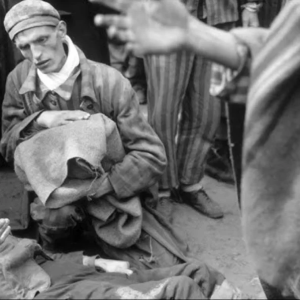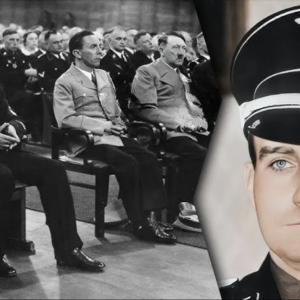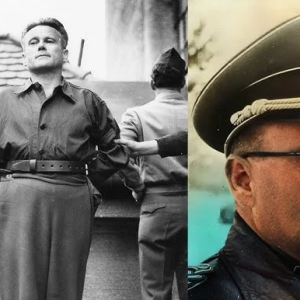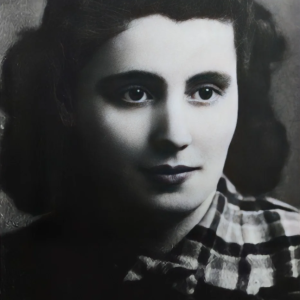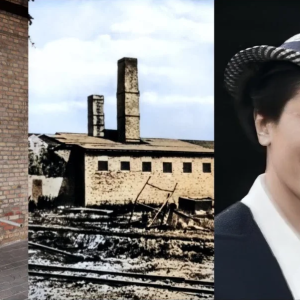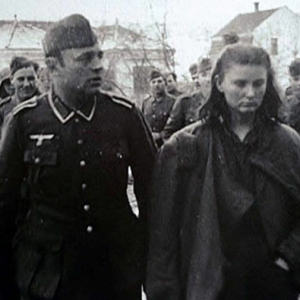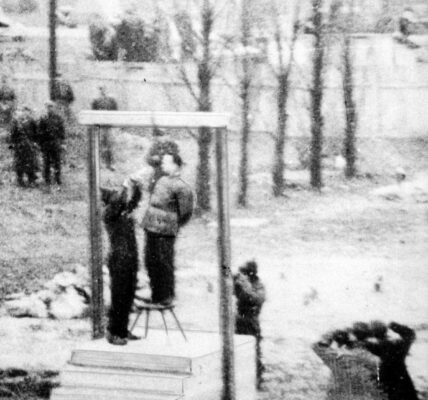The horrific samurai duel, in which two soldiers competed to exterminate 100 souls in a single blood-soaked night.
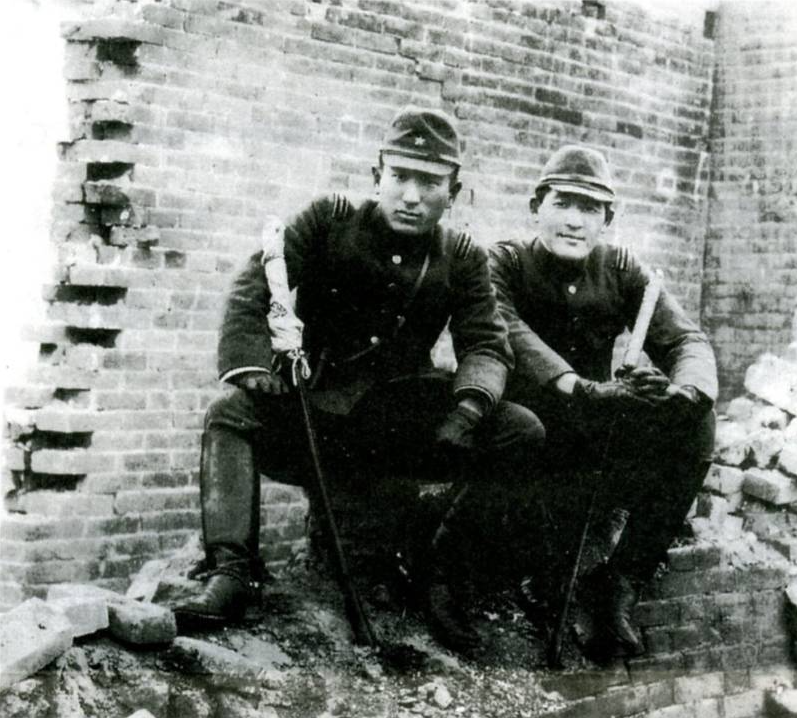
During the Second Sino-Japanese War, a Japanese newspaper reported on the barbaric killing competition as if it were a sporting event.
Japanese competition to kill 100 people
Wikimedia Commons An article about the “competition to knock down 100 people”.
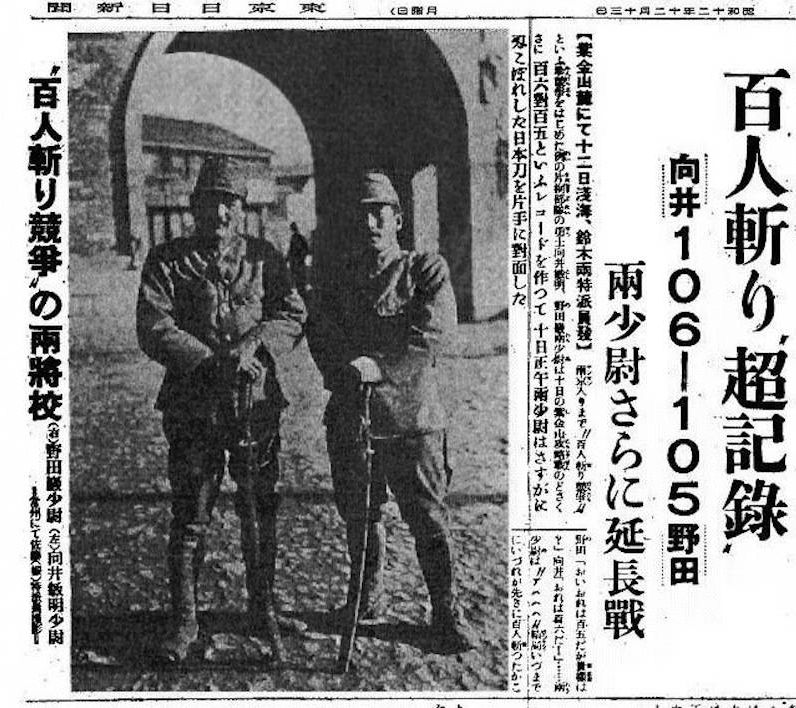
In 1937, during the Second Sino-Japanese War, the Empire of Japan invaded China and perpetrated horrific atrocities against the civilian population over the next eight years. While the international press reported on the brutality of the Japanese troops, Japanese newspapers sought stories of wartime heroism. One of the stories they quickly agreed on was that of two officers and an unusual competition.
Shortly after the invasion began, the Osaka Mainichi Shimbun published an article titled “Competition to Kill 100 People with a Sword.” As the article explained, two officers, Tsuyoshi Noda and Toshiaki Mukai, had started a private competition to see who could be the first to kill 100 enemy soldiers with their katana. When the newspaper first published the story, the competition was already well underway.
“Since leaving Wuxi,” the newspaper reported, “one has already killed fifty-six men, the other twenty-five.” In the following days, the newspaper continued to track the two soldiers and meticulously recorded their results. “Lieutenant N stormed into an enemy bunker… [and] killed four enemies,” the newspaper continued. “When Lieutenant M heard of this, he attacked an enemy camp in Henglinzen… and cut down fifty-five enemies with his sword.”
Tsuyoshi Noda und Toshiaki Mukai
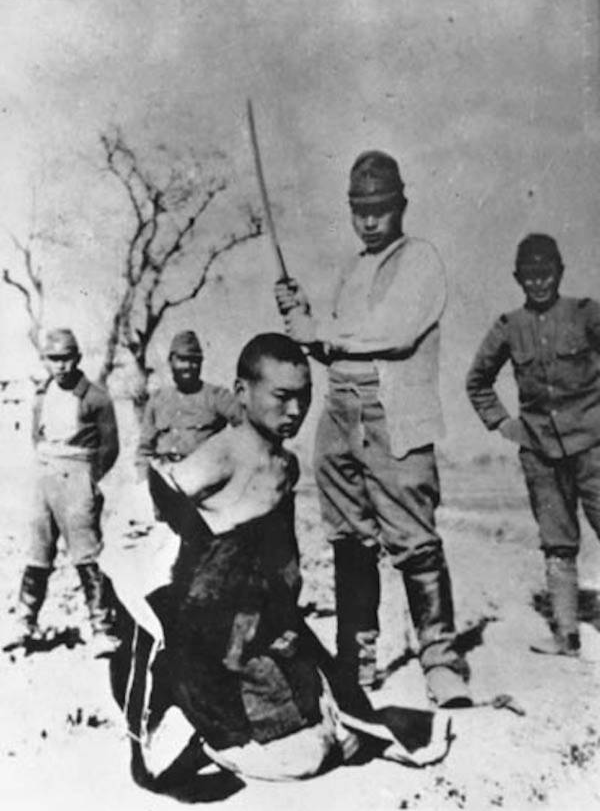
Wikimedia Commons Tsuyoshi Noda und Toshiaki Mukai
With this astonishing bloodshed, Lieutenant Mukai apparently felt quite confident of victory. “If this continues,” he reportedly said, “I’ll probably reach Danyang a hundred… You’ll lose.” But Noda promised: “By the time we reach Danyang, I’ll show you what a record I can achieve.”
Meanwhile, the newspaper followed the results of the competition as if it were a sporting event. Reporters met the lieutenants shortly after the army’s withdrawal from Danyang. “89–78 in the ‘Competition to Slay One Hundred’ – A Neck-and-Neck Race, How Heroic!” read the headline. Although neither Mukai (89) nor Noda (78) had reached their goal of 100 by the time they reached Danyang, they would have many more opportunities to kill in Nanjing.
The Japanese army reached Nanjing, the capital of the Republic of China, on December 13, 1937. What followed was a month-long bloodbath as Japanese troops began massacring the city’s civilian population. Looting, murder, and mass rape were widespread, and an estimated 300,000 people died during what became known as the “Nanjing Massacre.”
Japanese soldier beheads a Chinese prisoner
Wikimedia Commons A Japanese soldier beheads a Chinese prisoner.
The reporters who met with Mukai and Noda again, of course, did not report on the massacres, but noted that both men had exceeded their targets. Noda had reportedly killed 105 people, Mukai 106. Neither seemed to reflect on killing so many. Mukai was merely somewhat annoyed that his sword was “damaged because I cut someone in half along with his helmet.”
In the bloodbath of Nanking, no one was sure who had reached 100 first. The lieutenants cheerfully agreed to extend the competition to 150. But while the Japanese newspapers portrayed the two men as heroes who defeated armed enemies, the truth was far less heroic: Mukai and Noda were in reality killing mostly defenseless prisoners.
As Noda later admitted:
“Actually, I only killed four or five people in close combat. We were standing in front of an enemy trench that we had captured, and when we shouted, ‘Ni, Lai-Lai!’ (You, come here!), the Chinese soldiers were so stupid that they all charged at us at once. Then we lined them up and cut them down.”
In fact, there are doubts as to whether the report about the competition is accurate at all. Many argue that the figures were probably exaggerated; some even claim that it never took place. Noda himself stated that the competition did occur, but it was not as significant as the newspaper portrayed it.
Piles of corpses during the Nanking Massacre
Moriyasu Murase / Wikimedia Commons Bodies piled up on the riverbank during the Nanking massacre.
Ultimately, after Japan’s defeat, both men were convicted as war criminals and executed. However, in 2003, the families of Mukai and Noda sued the newspaper that had reported on the competition. They claimed the episode was entirely fabricated and had damaged the reputations of the two lieutenants. But the court disagreed, ruling: “The competition did take place and was not fabricated by the media.”
Since the war, the competition and the Japanese massacres in China in general have been fiercely debated. Many right-wing nationalists in Japan dismiss reports of Japanese soldiers killing Chinese civilians as lies. But there is little doubt that the competition did indeed take place—as part of a wider pattern of Japanese cruelty toward Chinese prisoners.
